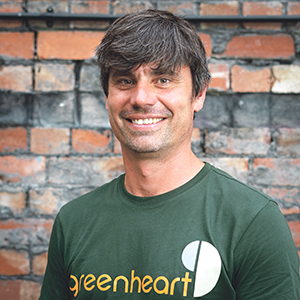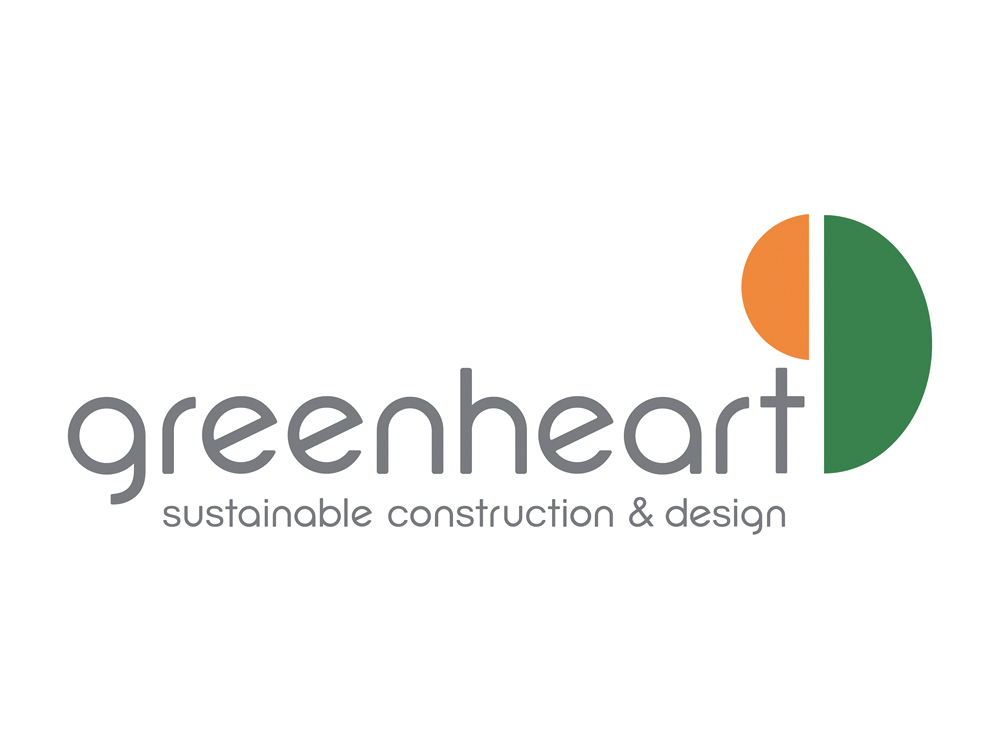What is Passivhaus?
Passivhaus is an energy and comfort standard for buildings.
 Using the PHPP energy-modelling tool, we can calculate the heating (or cooling) required to maintain a steady, comfortable internal temperature. The result must be no more than 15 kilowatts of heat per m2 of useful floor area per year. For a 200m2 house, something like 2kW of heating power will provide what is needed when external temperatures are at their lowest.
Using the PHPP energy-modelling tool, we can calculate the heating (or cooling) required to maintain a steady, comfortable internal temperature. The result must be no more than 15 kilowatts of heat per m2 of useful floor area per year. For a 200m2 house, something like 2kW of heating power will provide what is needed when external temperatures are at their lowest.
In order to achieve this we need a highly insulated, airtight, building envelope with heat-recovery ventilation, efficient heating and hot water systems, and carefully positioned windows to maximise solar heat gain when it’s needed, without creating an overheating risk when it isn’t
How does using a design and build company help self-builders to achieve their project goals?
Low energy building is at once a design and construction discipline. There are many excellent architects with a solid understanding of the design issues, and a growing number of builders well versed in the implementation but having contractor on board with the expertise in-house to cover both ends of the process has un-deniable benefits for the self-builder. Not least the benefit of knowing precisely who is responsible for any given part of the process.
Managing costs is challenging for anyone involved in the construction projects at the moment. As both designers and contractors, having up to date cost information means we can use that knowledge to inform design decisions. Amending and revaluating as the project develops.
How important is it to aim for certified Passivhaus?
The passivhaus certificate is a record of the buildings performance, a stamp of excellence if you like so it certainly has value, probably adding to the re-sale value of the property but it’s the actual performance of the building that really matters.
I think we should all take a pragmatic approach to achieving the best possible results given the priorities and resources we are working with. The focus may be in-use energy consumption, as covered by PH, or embodied energy and material toxicity, which aren’t.
Passivhaus is an invaluable part of the picture. It isn’t the only approach worth considering.
T 0117 942 9717
info@greenheartuk.com
www.greenheartuk.com

